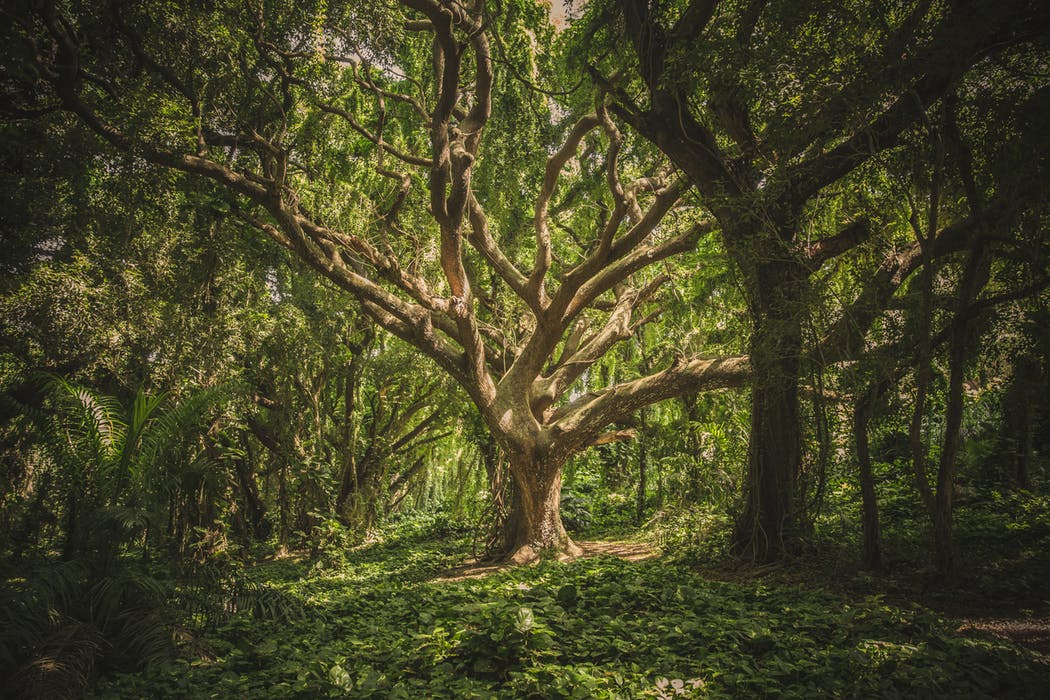You’ve probably just read the title and have no idea what an arboricultural report even means. Put simply, a certified tree surgeon can sign off on documentation that certifies the safety and value of a tree on someone’s property. You might require such documentation because you’re considering having a tree removed on your property, so it’s important that you have all the relevant information. Whether the tree is on your personal property or commercial land, there is a good chance you will require government approval before the tree can be legally removed. You’ll fare much better if you have an arboricultural report to back up your claim!
Tree removal
In a lot of cases, the input from a tree doctor can be a strong factor in granting council permission to have the tree or foliage removed from your property. The last thing you need is to have your claim rejected because you failed to provide an arboricultural report or illegally removed the trees without approval.
Safety
You may need to have a tree removed because it is inhibiting the safety of your property and other civilians. It may be precariously close to the house or road, which could be dangerous if it is structurally unsound. During poor weather conditions, like strong winds or a bad thunderstorm, unstable trees or foliage could collapse, damaging your property or, even worse, injuring others. Hence, you may need to have a tree removed for safety reasons, in which an arboricultural report may be just the thing you need to ensure that the government approves your claim.

Environmental strategies
A tree surgeon can also provide insightful environment conservation strategies in their arboricultural report. Given the current concern for the environment, particularly in terms of deforestation and land logging, it is important that we conserve our natural resources as much as possible. Convening with a tree doctor will help ensure that you manage the natural environment on your property more effectively, so as to help improve ecological sustainability. While you want to ensure that your private premises are safe, you also need to be conscious of the environment.
An arboricultural report can outline ways in which you can preserve various species of trees, while also reducing the risk of a tree collapsing. This is particularly important for public spaces like schools, parks and sporting ovals, where there can be a high level of foot traffic throughout the day. Hence, in the interest of public safety, an arboricultural report can list several strategies to contain hazardous trees, which will greatly improve civilian safety.
Construction
You might be having some serious construction work done on your home or office space. Or, perhaps the nature of work is industrial, which isn’t particularly conducive to the environment. In this scenario, an arboricultural report will include an overall analysis of the vegetation on your property and whether any constructive work will impact the environment. From this, a tree surgeon can develop a strategic plan to help remove or secure any close trees, along with guidelines on how to execute this safely and in a timely manner.
Risk evaluation
Finally, a review from a tree surgeon will often include a tree risk evaluation. This is an assessment that includes a risk factor rating, which basically determines whether the tree should be removed, maintained or left alone. When coming to a particular number, a tree doctor will consider several factors, including: the contents of the soil in the area, the tree’s proximity to any infrastructure or power lines, the quality of the landscape and the species of the tree. Your tree doctor may recommend having the entire tree removed or perhaps something a little less extreme, like trimming any unsafe branches.

